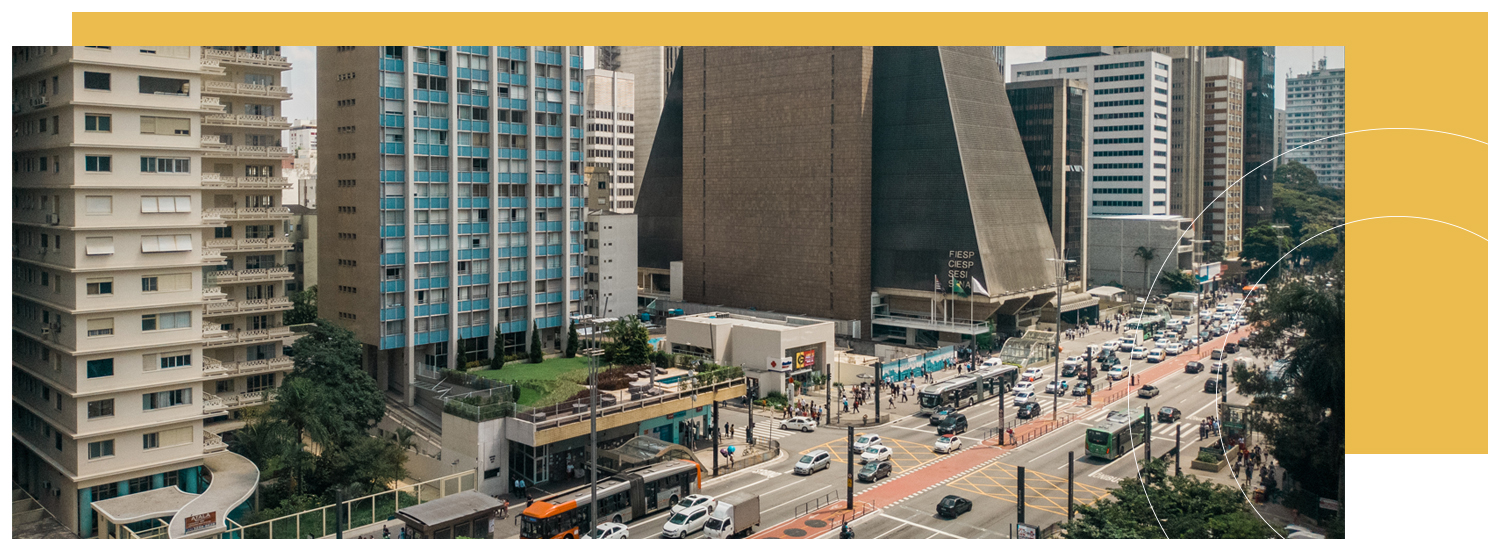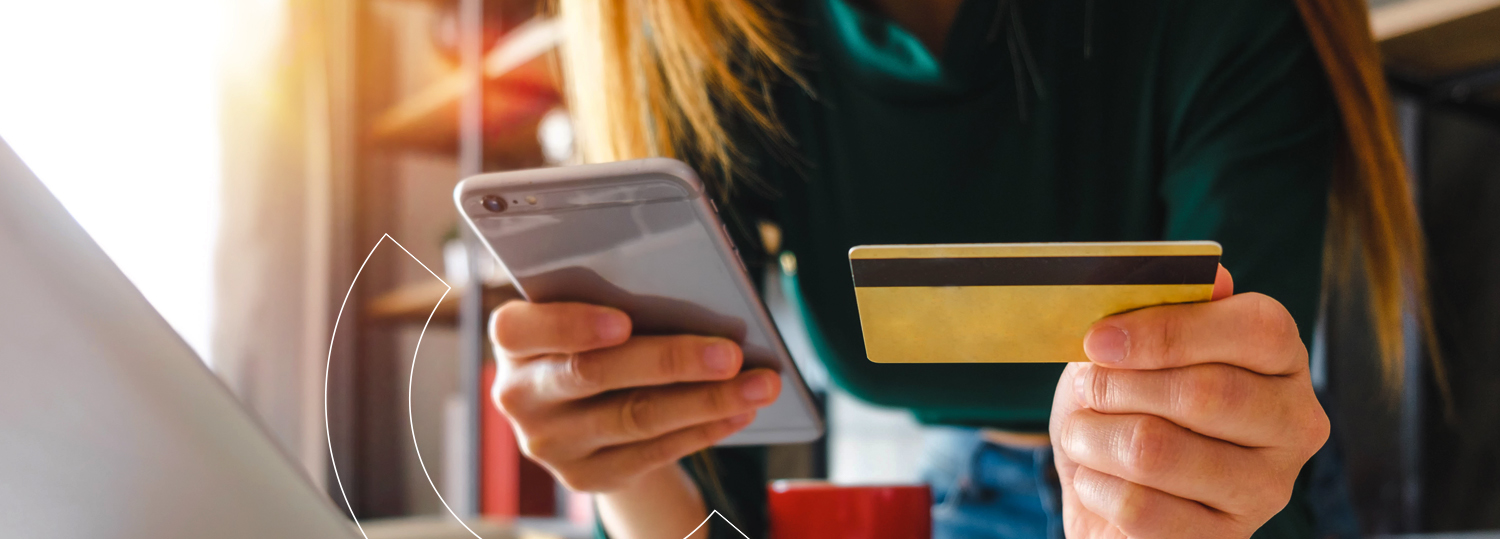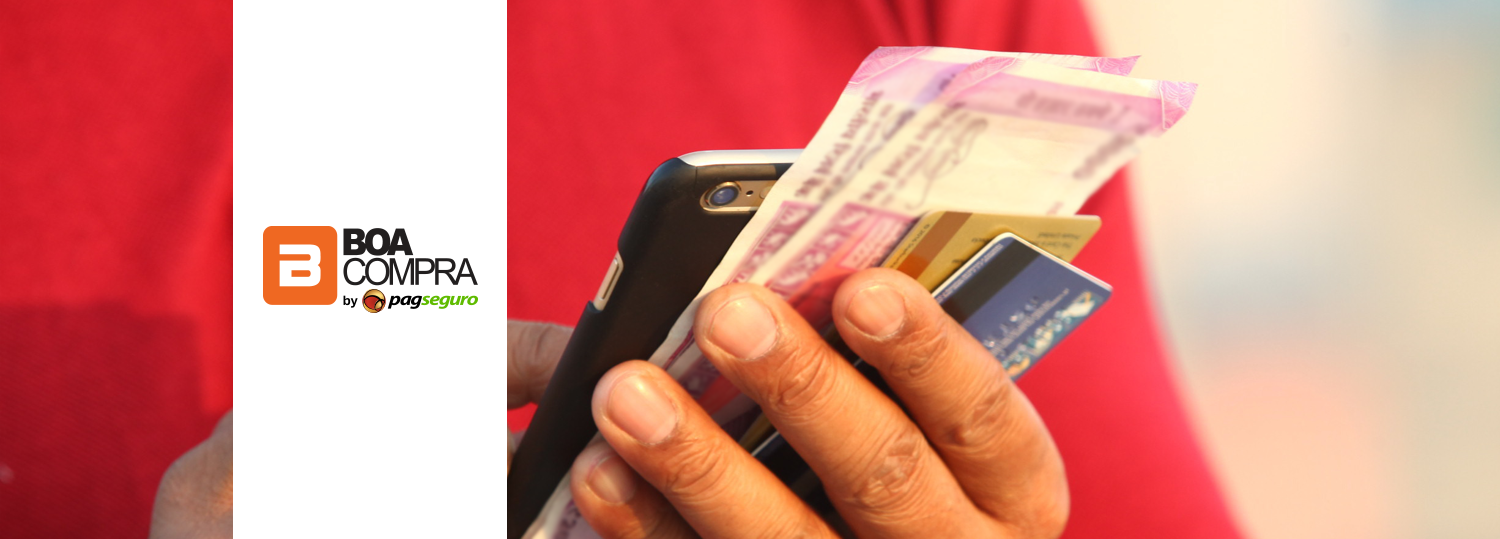Introduction
Brazil is the single largest economy in Latin America. In fact, it is the ninth largest economy in the world. This makes it an attractive prospect for the e-commerce merchant. However, its payment ecosystem is considerably different to Europe or the US. In the US, the majority of customers use internationally accepted card types, or e-wallets like PayPal to pay for items online. However, in Brazil, this is not the case. From the Boleto Bancario, to local debit and credit cards, Brazil has an entirely different online payment system. We explore the top four payment methods in Brazil, and the reasons for their popularity.
Visa and Mastercard, but not as you know it
67% of online sales in Brazil are made using a credit or debit card. Visa and Mastercard are both popular card brands in the country. However, many recognizable international card brands operate differently in Brazil. By BoaCompra’s estimates, as little as 22% of cards in Brazil are enabled for international purchases. Additionally, almost all local card schemes allow payments in installments. In 2018, only 52.6% of Brazilians chose to pay in a single installment. This is an increase on previous years. However, that still leaves 26.6% of Brazilians paying in 4-12 installments for items online. Installments are an enabled and accepted part of the local payment ecosystem. International card schemes like Visa and Mastercard, and local schemes, like Hipercard and Elo allow them. To ensure success in Brazil you must offer card payments for a variety of local cards. But more importantly, you must offer installments to truly attract local customers.
Why Boleto Bancario is still popular
In Brazil, a little less than a third of the population is unbanked. However, that hasn’t stopped them from purchasing items online. Enter, the Boleto Bancario. The Boleto is the most common form of cash based payment in Brazil, making up 19% of online purchases. Unsurprisingly, they are hugely popular with local e-commerce merchants as they broaden your customer base considerably.
To pay using a Boleto, users simply fill out their details online to generate a barcode. This can then be taken to a huge number of ATMs, banks, or even convenience stores to pay in cash.
Recent changes have been made to the law to increase their security. All Boletos must now be registered. This places the Boleto’s details on a centralized financial register, preventing information discrepancies and fraud. By partnering with a local payment aggregator like BoaCompra, you can ensure you are able to offer registered Boleto Bancarios and attract the widest possible customer base in Brazil.
PayPal is gaining popularity
M-Commerce, or mobile e-commerce, is gaining ground in Brazil. It grew 41% in 2018 alone, representing 42.8% of total e-commerce. Unsurprisingly, this is leading to a rise in e-wallets, like PayPal. The ease of integration with mobile e-commerce, and the low barriers to entry have made it a growing segment of the market. As of 2018, e-wallet payments accounted for 13% of all e-commerce sales. The increasing mobile adoption rates in Brazil mean this trend is likely to increase. PayPal and PagSeguro remain two of the most popular e-wallets in Brazil. Importantly, international e-commerce retailers must integrate local card top up schemes to fully take advantage of this trend. By partnering with a local aggregator, customers can top up their PayPal digital wallet using a local card. In turn, this is likely to increase conversions at the checkout.
PagBank is a part of the Brazilian digital finance revolution
As previously mentioned, PagSeguro is one of the most popular e-wallets in Brazil. As a result of this popularity, PagSeguro has given rise to a banking entity, PagBank. PagBank, is part of a new wave of e-banking services coming to Brazil. These digital banks allow customers to open and manage bank accounts through online portals. As a result, they are also opening up the banking sphere to the large unbanked population in Brazil. By keeping an eye on the growing number of digital banks, e-commerce merchants can ensure they offer the widest possible range of checkout options to their customers. In doing so they can ensure increased conversion rates at the checkout in Brazil.
Get in touch with us to learn how BoaCompra can help your company expand to this promising market:






